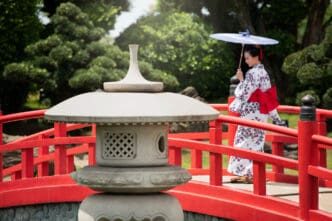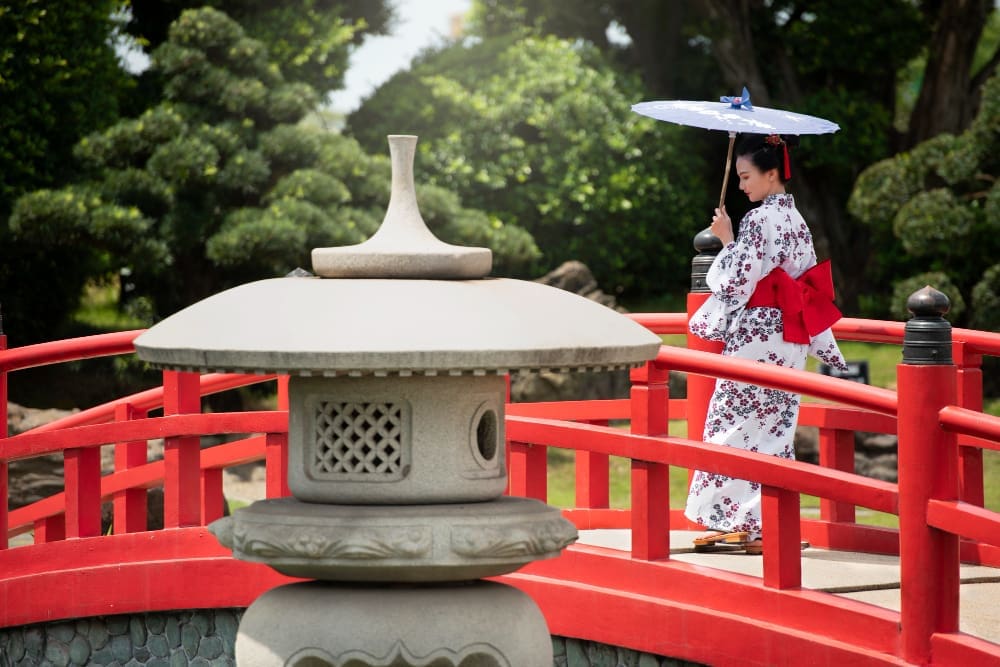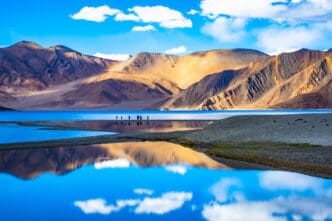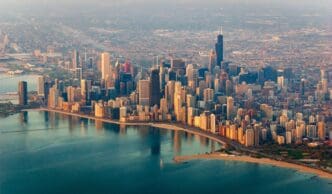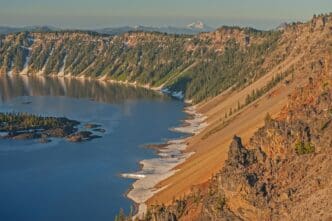For any traveler dreaming of Japan, a two-week journey offers the perfect timeframe to experience the nation’s captivating contrasts, from Tokyo’s futuristic skyline to Kyoto’s timeless temples. This ultimate 14-day itinerary is designed for first-time visitors, guiding them along the famed “Golden Route” and beyond to Hiroshima, providing a rich tapestry of modern cities, serene nature, and profound history. Best undertaken in the iconic cherry blossom season of spring or the vibrant foliage of autumn, this plan balances Japan’s essential sights with moments of cultural immersion, ensuring a trip that is both efficient and deeply memorable.
Preparing for Your Japanese Adventure
Before you pack your bags, a bit of strategic planning can transform a good trip into a great one. Japan is incredibly welcoming to tourists, but understanding its unique systems for transport and transactions will make your journey seamless.
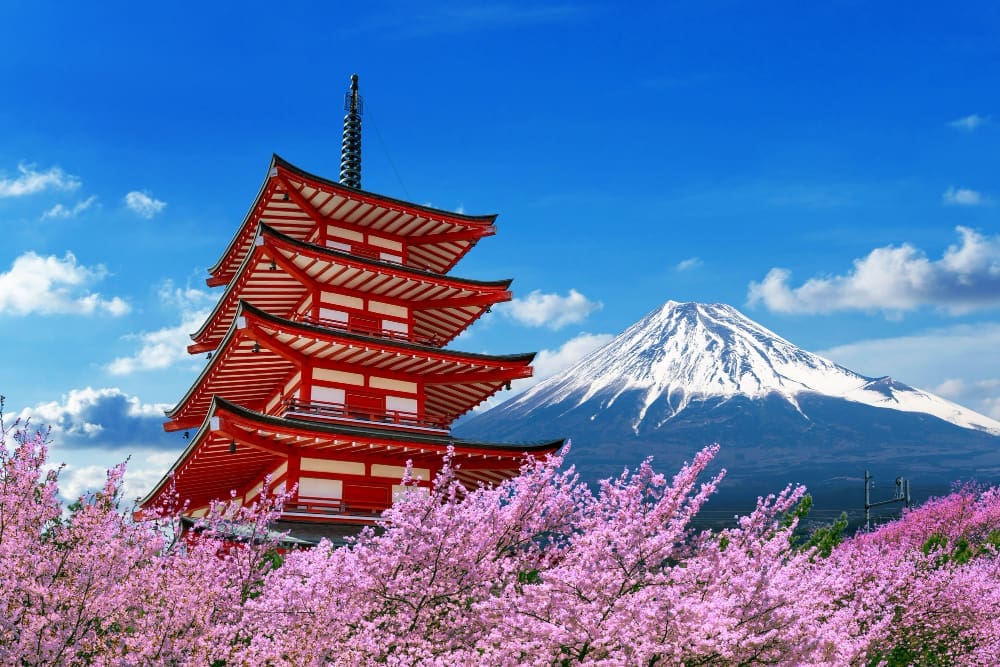
The Japan Rail Pass: Is It Still Worth It?
For decades, the Japan Rail (JR) Pass was an undisputed essential for travelers. However, following a significant price increase in late 2024, its value proposition has changed. The pass is no longer an automatic money-saver for every itinerary.
The JR Pass is now best suited for travelers with packed, long-distance itineraries, such as this one, which involves multiple trips on the high-speed Shinkansen. If you plan to travel from Tokyo to Kyoto, then to Hiroshima, and back to Tokyo within a 7 or 14-day period, the pass can still offer convenience and potential savings. The primary benefit becomes the “hop-on, hop-off” flexibility without needing to buy individual tickets for every leg.
For those on a tighter budget or with a less travel-intensive plan, purchasing individual Shinkansen tickets may be cheaper. You can use online calculators to compare the cost of your specific route against the price of a pass. Also, consider regional passes if you plan to explore one area, like Kansai or Hokkaido, in depth.
Packing Essentials for Comfort and Convenience
Packing for Japan is an exercise in smart minimalism. First and foremost, bring your most comfortable walking shoes. You will walk miles every day, exploring temple complexes, vast train stations, and sprawling city districts.
Layering your clothing is key, as temperatures can vary significantly from morning to evening and between different regions. A light, waterproof jacket is always a good idea. Also, pack socks that are in good condition, as you will frequently be taking your shoes off to enter temples, traditional restaurants, and some accommodations.
While Japan is a high-tech society, many smaller restaurants, shops, and temples still operate on a cash-only basis. It is wise to carry a reasonable amount of Japanese Yen with you. Finally, a small handkerchief or towel is useful, as public restrooms often lack paper towels or hand dryers.
Navigating and Staying Connected
Getting around Japan is remarkably easy thanks to its world-class public transportation. Google Maps is an indispensable tool, providing hyper-accurate train schedules, platform numbers, and walking directions. To pay for local subways and buses, get a rechargeable IC card like Suica, Pasmo, or ICOCA from any major train station. You can load it with cash and simply tap it at the gates.
For internet access, you have two main options: a pocket Wi-Fi device or an eSIM. A pocket Wi-Fi is a small, portable router you can rent for the duration of your trip, offering reliable internet for multiple devices. An eSIM is a digital SIM you can install on your phone, which is often more convenient as you don’t need to carry or charge an extra device.
Week 1: Kanto’s Modern Marvels and Mountain Retreats
Your journey begins in the sprawling, dynamic capital of Tokyo before escaping to the serene mountain landscapes of Hakone, offering a perfect introduction to Japan’s dual personality.
Days 1-4: Tokyo – The Electric Metropolis
Your first four days are dedicated to exploring the world’s most populous metropolis. Upon arrival at Narita (NRT) or Haneda (HND) airport, activate your JR Pass (if you have one) and take the Narita Express or Limousine Bus to the Shinjuku area, a perfect central base for your stay.
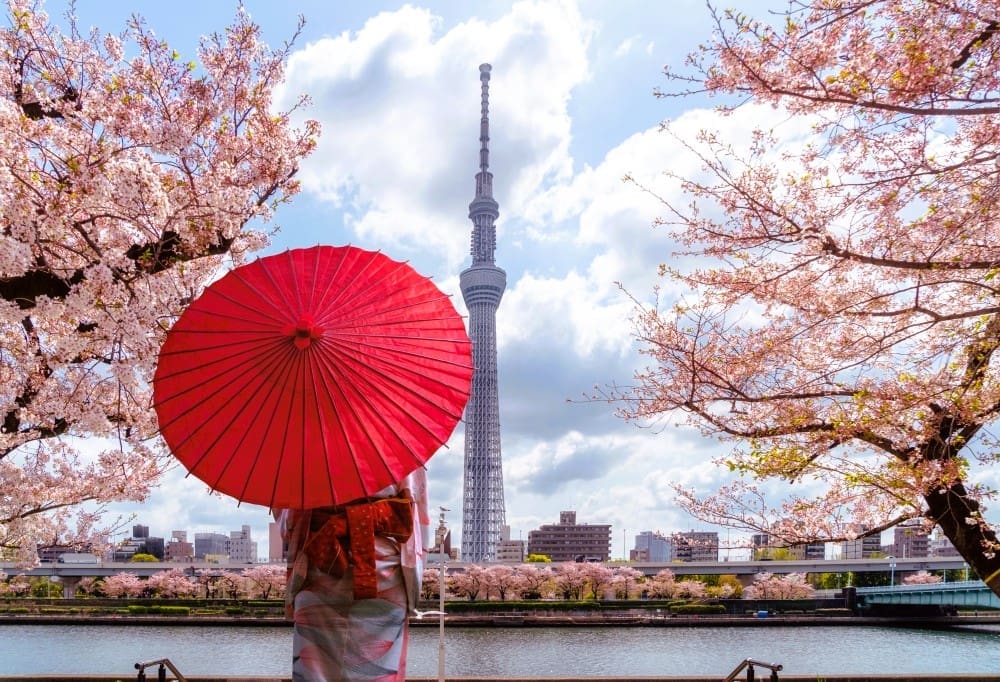
On your first day, settle in and begin exploring. Visit the tranquil Shinjuku Gyoen National Garden, a beautiful oasis amid the urban jungle. Later, ascend the Tokyo Metropolitan Government Building for stunning, and free, panoramic views of the city. As evening falls, dive into the atmospheric, lantern-lit alleyways of Omoide Yokocho and Golden Gai for your first taste of authentic Japanese izakaya culture.
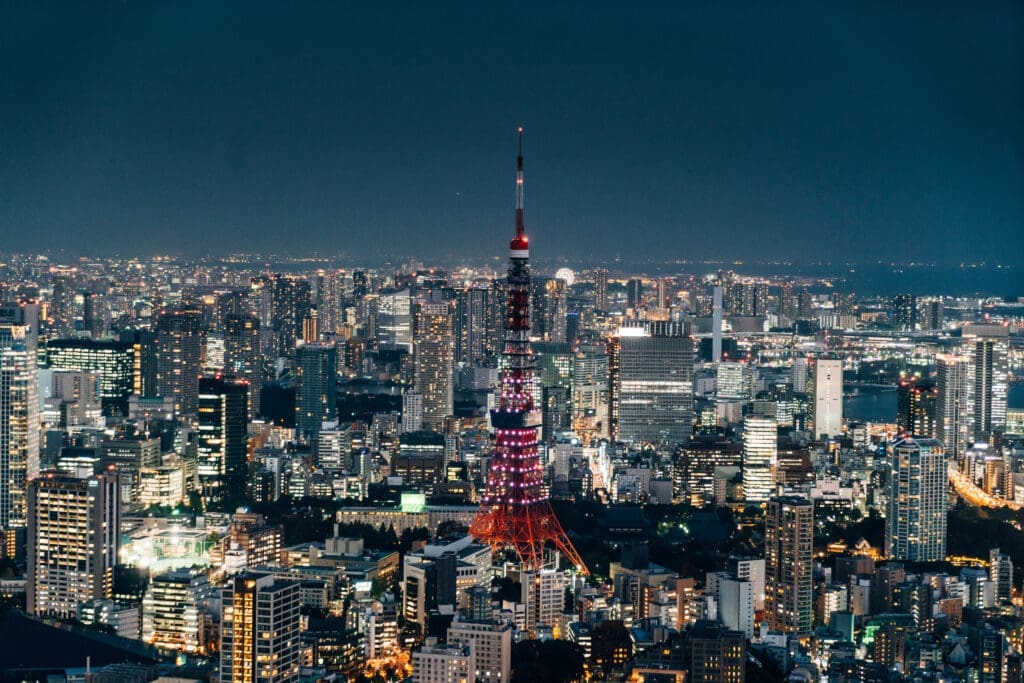
Day two is a study in contrasts. Start your morning at the peaceful Meiji Jingu, a shrine dedicated to Emperor Meiji and Empress Shoken, set within a dense forest. From there, walk to the adjacent Harajuku to witness the vibrant youth culture of Takeshita Street before exploring the chic boutiques of Omotesando. End your day in Shibuya, where you’ll witness the mesmerizing organized chaos of the world-famous Shibuya Scramble Crossing.
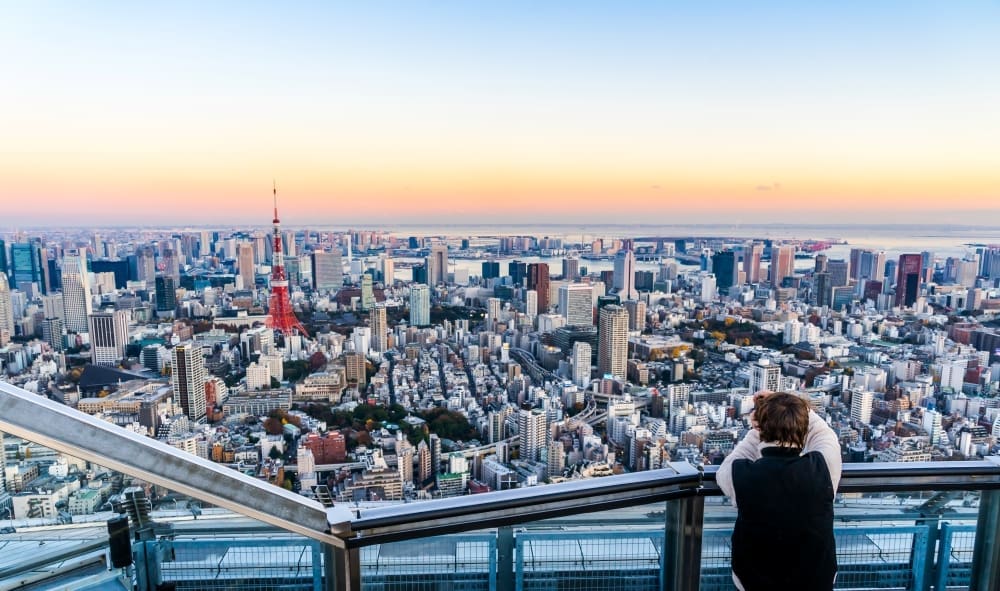
On day three, delve into Tokyo’s more traditional side in Asakusa, home to the ancient Senso-ji Temple. After exploring the bustling Nakamise-dori market street, consider a relaxing Sumida River cruise for a different perspective of the city. In the afternoon, journey to Akihabara Electric Town, the global epicenter of anime, manga, and gaming culture.
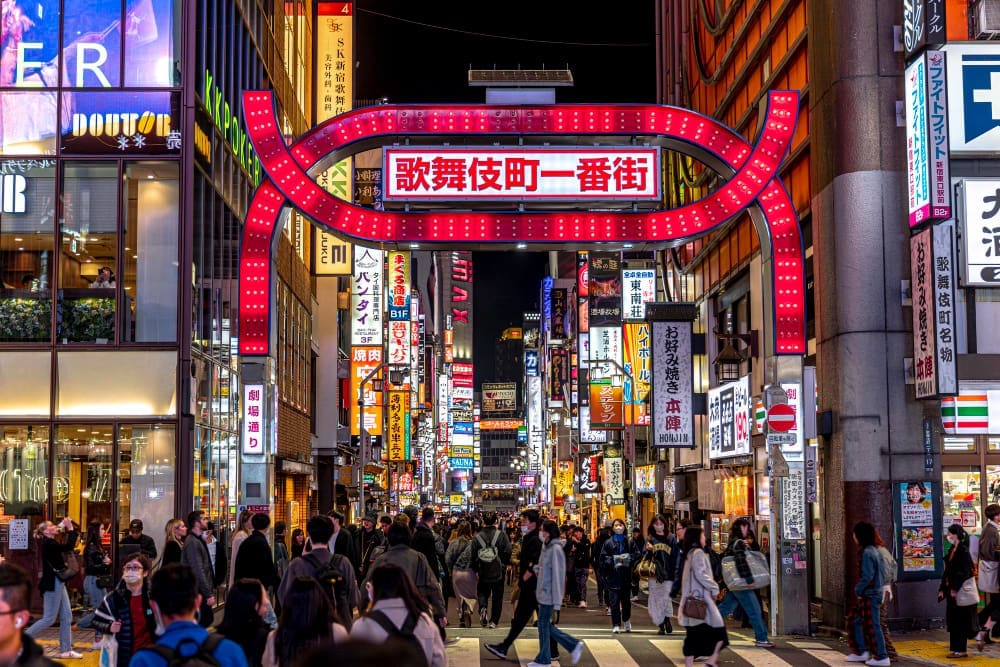
Use your fourth day for cultural pursuits. Visit the Imperial Palace East Garden, the former site of Edo Castle and the current residence of Japan’s Imperial Family. For art lovers, the digital art museums by teamLab (Planets or the now-closed Borderless) offer an unforgettable immersive experience, but require advance booking. Alternatively, fans of animation should try to secure tickets for the Ghibli Museum months in advance.
Day 5: Hakone – Art, Nature, and a Glimpse of Fuji
Leave the city behind and take a scenic train journey to Hakone, a stunning mountain resort town in the Fuji-Hakone-Izu National Park. The classic way to experience the area is by completing the “Hakone Loop,” a circuit utilizing five different modes of transport.
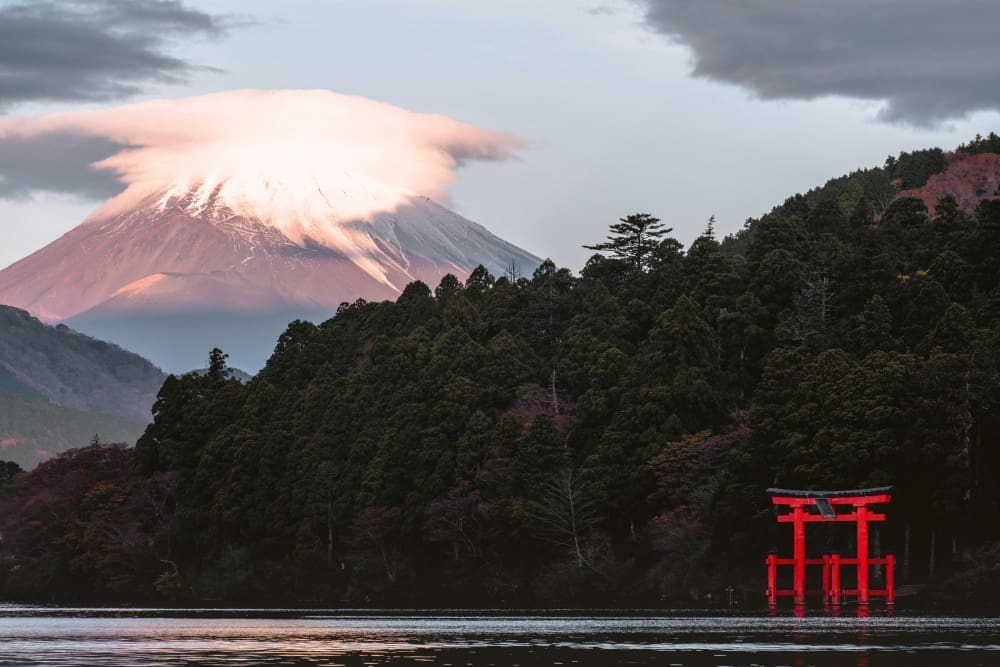
You’ll ride a switchback mountain railway, a cable car up the mountainside, and a ropeway over the steaming volcanic vents of Owakudani valley. The loop concludes with a cruise across the serene Lake Ashi on a replica pirate ship, which on a clear day, offers breathtaking views of Mount Fuji. For the ultimate cultural experience, spend the night in a traditional ryokan (Japanese inn), where you can enjoy a multi-course kaiseki dinner and soak in a restorative onsen (hot spring bath).
Week 2: Kansai’s Imperial Past and a Journey Through History
The second week takes you south to the Kansai region, the cradle of Japanese civilization, before concluding with a poignant visit to Hiroshima.
Days 6-9: Kyoto – The Cultural Heart of Japan
Travel from Hakone to Kyoto via the Shinkansen, a journey that whisks you from mountain scenery to the heart of ancient Japan. As the former imperial capital for over a millennium, Kyoto is home to an astonishing 17 UNESCO World Heritage sites.
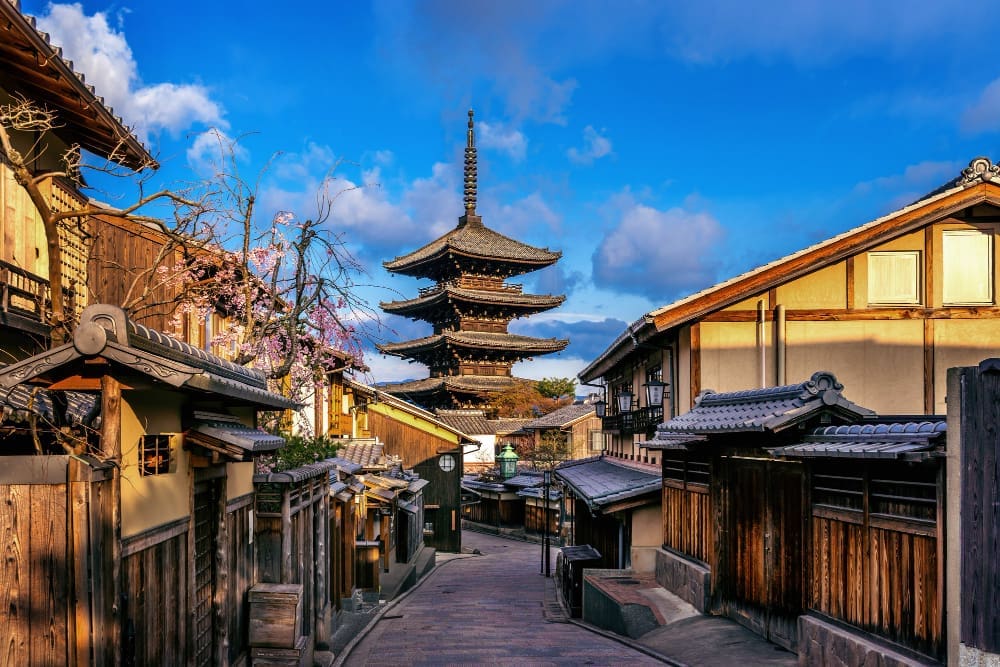
On your first day in Kyoto, explore the eastern part of the city, known as Higashiyama. Start at the magnificent Kiyomizu-dera Temple, famous for its massive wooden veranda built without a single nail. Afterward, wander through the beautifully preserved cobblestone streets of Sannenzaka and Ninenzaka, lined with traditional shops and teahouses.
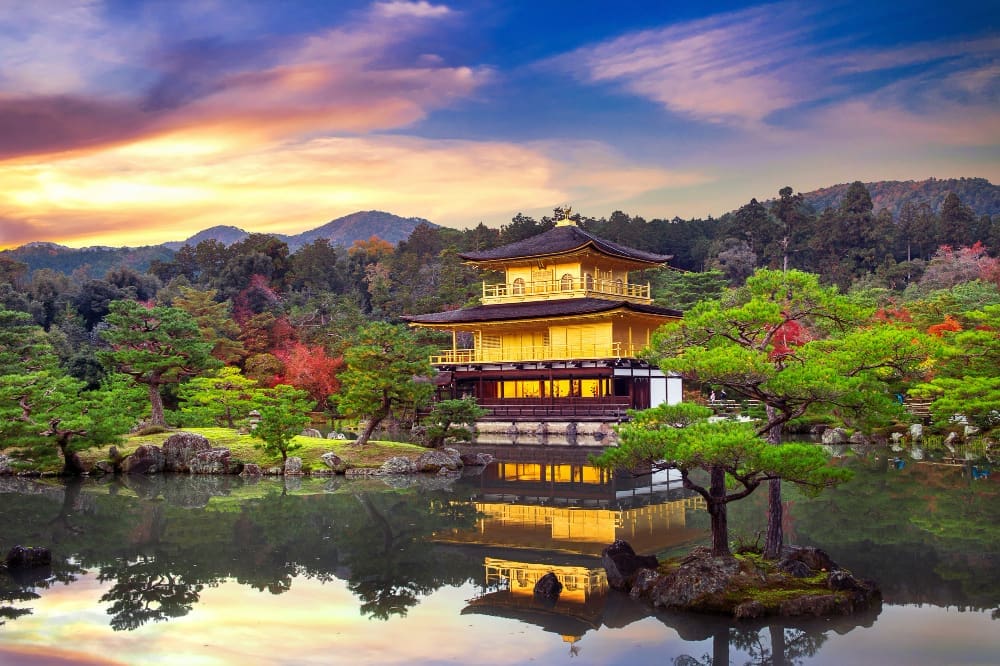
Day seven is dedicated to some of Japan’s most iconic sights. Begin at Kinkaku-ji, the stunning Golden Pavilion, whose top two floors are completely covered in gold leaf. Nearby, find tranquility at Ryoan-ji Temple, home to Japan’s most famous Zen rock garden. In the afternoon, travel to the western outskirts to see the ethereal Arashiyama Bamboo Grove and the adjacent Tenryu-ji Temple.

Start day eight early to visit the Fushimi Inari Shrine, renowned for its thousands of vibrant red torii gates that snake up a mountainside. Arriving before 8 a.m. allows you to experience its magic before the crowds descend. In the evening, take a stroll through the Gion district, Kyoto’s famous geisha quarter. With luck, you may spot a geiko or maiko gracefully making her way to an appointment.
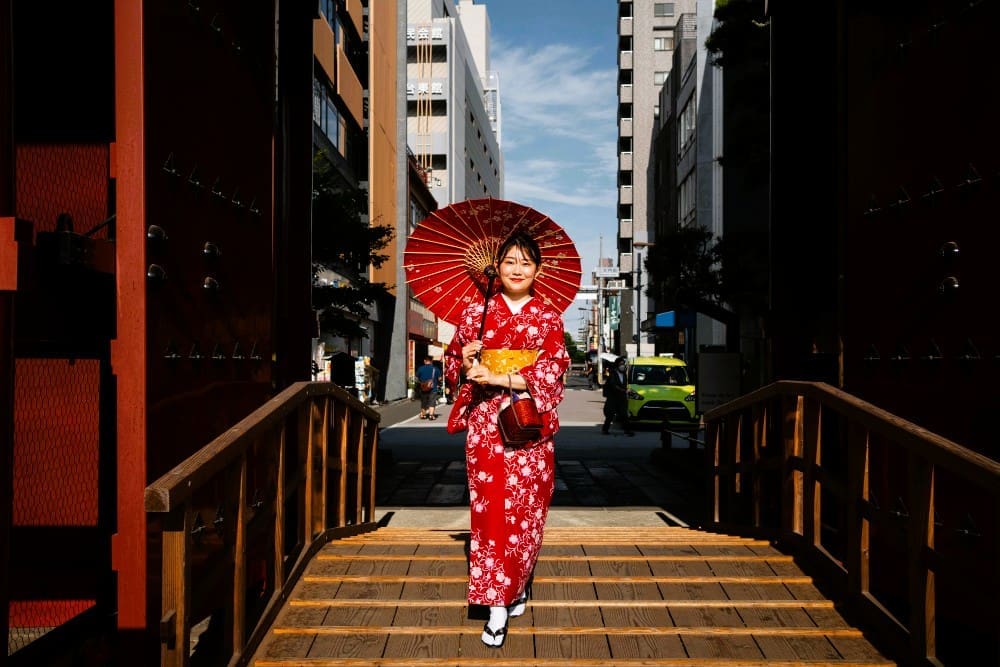
On your ninth day, take a short and easy day trip to Nara, Japan’s first permanent capital. The main attraction is Nara Park, where hundreds of friendly (and famously bowing) sika deer roam free. Here you will also find Todai-ji Temple, a massive wooden hall that houses one of Japan’s largest bronze Buddha statues.
Day 10: Osaka – The Nation’s Kitchen
A quick 30-minute train ride brings you from Kyoto’s tranquility to Osaka’s boisterous energy. Known for its outgoing people and incredible food scene, Osaka offers a lively contrast. Visit the impressive Osaka Castle, a modern reconstruction of the original, and then dedicate your evening to the neon-drenched streets of Dotonbori. Dive into the local cuisine, sampling street food staples like takoyaki (octopus balls) and okonomiyaki (savory pancake).
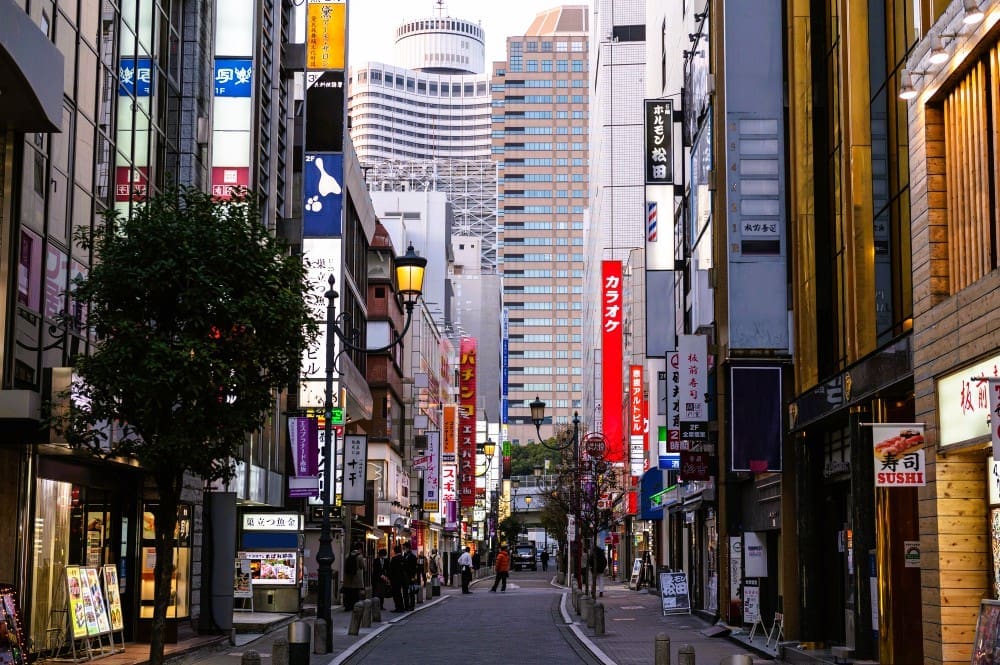
Days 11-12: Hiroshima & Miyajima – A Lesson in Resilience
From Osaka, take the Shinkansen to Hiroshima. A visit here is a sobering but essential part of understanding modern Japan. Spend your first day at the Hiroshima Peace Memorial Park, a space dedicated to the victims of the 1945 atomic bombing. The park includes the A-Bomb Dome (the skeletal remains of the only building left standing near the hypocenter) and the deeply moving Peace Memorial Museum.
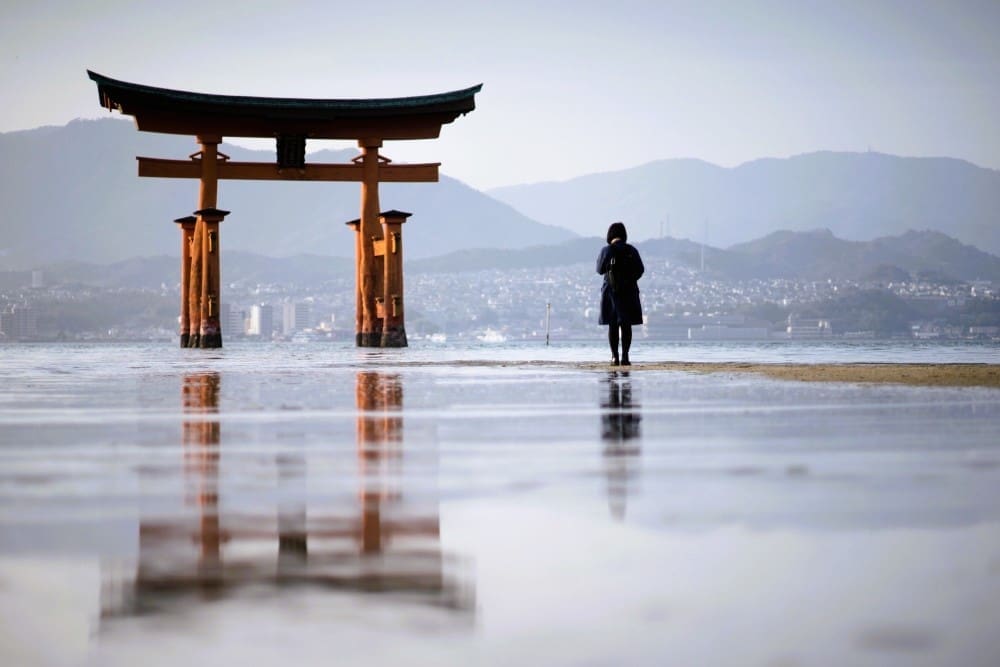
The next day, take a short ferry ride to the sacred island of Miyajima. The island is most famous for its “floating” Itsukushima Shrine torii gate, which appears to float on the water at high tide. Hike or take the ropeway up Mount Misen for spectacular views of the Seto Inland Sea. You can stay overnight on the island for a magical, quiet experience after the day-trippers have left.
Day 13: The Journey Back to Tokyo
This is primarily a travel day. Board the Shinkansen in Hiroshima for the four-to-five-hour journey back to Tokyo. This long ride is a testament to the incredible efficiency and comfort of Japan’s rail network. Check into a hotel for your final night and enjoy a last supper, perhaps returning to a favorite neighborhood or trying something new.
Day 14: Departure
Enjoy a final Japanese breakfast before making your way to Narita or Haneda Airport for your flight home, your mind and heart full of the incredible experiences of the past two weeks.
Final Thoughts: The Journey of a Lifetime
This two-week itinerary offers a comprehensive and profound introduction to the wonders of Japan. It balances the pulse of its futuristic cities with the quiet grace of its ancient traditions and the solemnity of its history. While this plan provides a solid framework, remember that Japan is a country that rewards both meticulous planning and spontaneous discovery. Allow yourself to get lost in a quiet alley, step into an unknown shop, or simply sit and watch the world go by. A journey through Japan is more than a vacation; it is an experience that will stay with you long after you’ve returned home.

